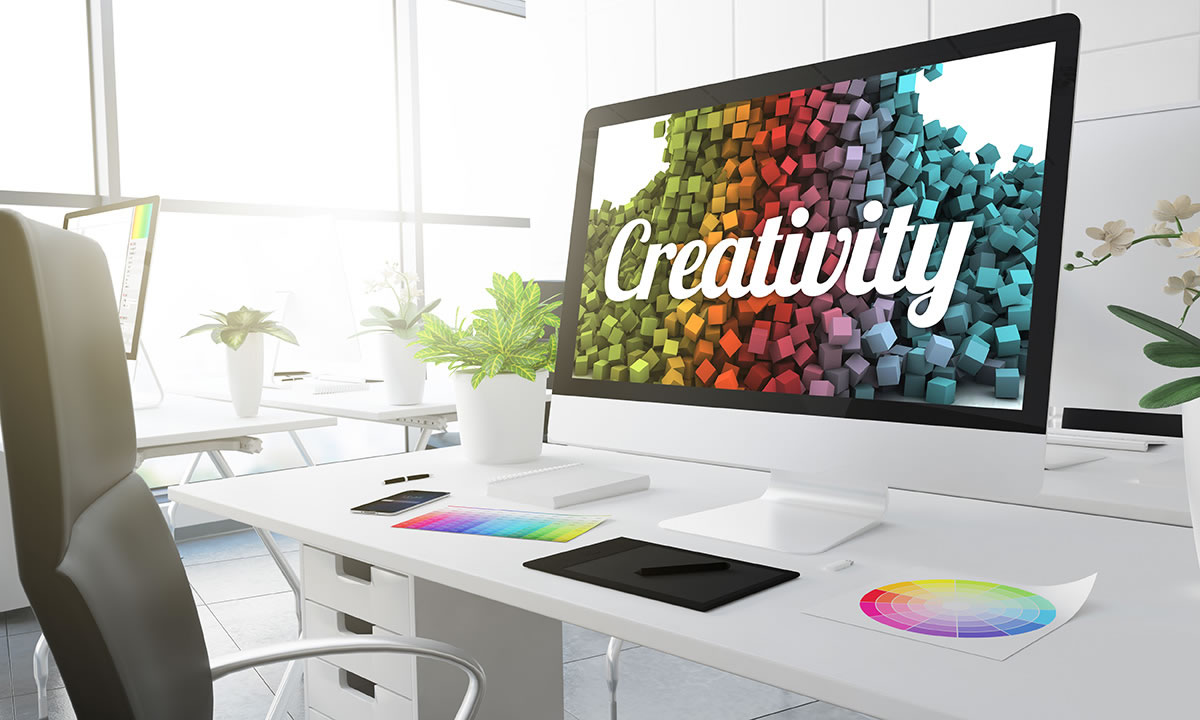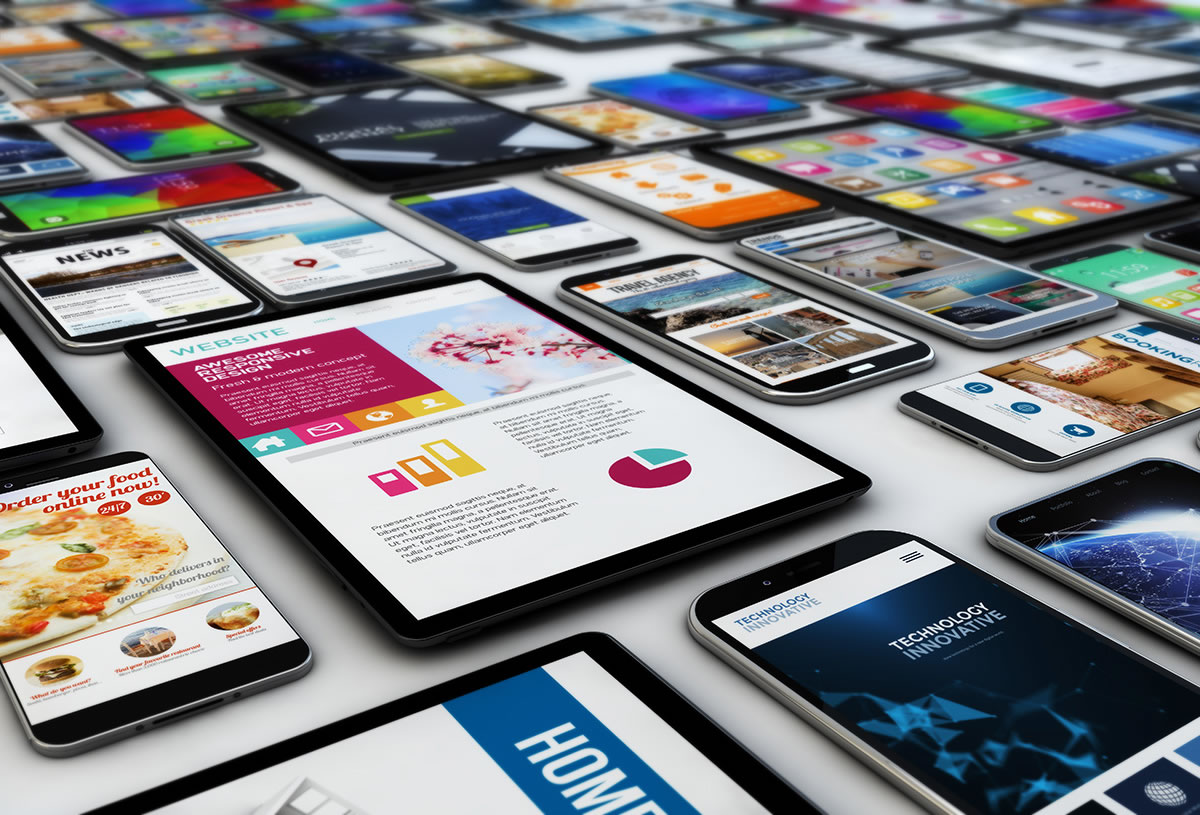Creating an attractive website is a fairly simple process. It just needs to have a clean layout, legible font, and a captivating selection of images. In order to create an undeniably effective website which inspires trust and boosts user engagement, however, one must take the long road and follow the principles of web design psychology.

Web design psychology is about understanding how different techniques are able affect users’ emotions, perception, cognition, attention, motivation and behaviour. It allows designers to build engaging websites that resonate strongly with the intended audience.
Considering the principles of web design psychology throughout the process of creating a website will, more or less, help you keep your visitors happy. The latter will also become more likely to perform the actions that you intend them to perform —such as making a purchase, subscribing to a newsletter, or even spreading the word about your product.
Although it might seem complex, there are several simple techniques that any web designer or business owner can put into practice. In this entry, we are going to share some of the best, widely recognised techniques and we are going to further explain how they can be used, so as to to improve your website’s effectiveness.
Web Design Psychology Principles
Colour Psychology
Colour is capable of creating a significant emotional impact on users, which can be described as having an influence on their actions. The types of colours that lead to specific reactions vary, depending on each person’s psychological background, biological conditioning and cultural imprinting. However, research indicates that the most common brain associations are the following:
- Red
Romance, warmth, excitement, intensity, energy, love
- Orange
Energy, wealth, happiness, enthusiasm, warmth
- Yellow
Happiness, optimism, energy, intensity, attention
- Green
Nature, health, money, tranquility, coolness
- Blue
Calmness, loyalty, trust, truth, coolness
- Purple
Wealth, royalty, wisdom, respect, tradition
- Brown
Stability, reliability, security, comfort, nature
- Pink
Love, romance, fun
- White
Innocence, purity, tranquility, relaxation, cleanliness
- Black
Power, intelligence, death, strength, authority
Choosing the colours that are aligned with your brand personality will gather more chances to elicit a useful emotional response from visitors and it is recommended as a best practice.

Trust and Confidence
It’s important to build trust and confidence with your customers. To do so, you must use a combination of symbols, colours, images, and text which convey an impression of reliability and honesty. Some of the website elements that build trust include:
- Badges (money back guarantee, accreditations, SSL certificates)
- Client logos (prominent brands that work with your business)
- Payment logos
- Images of key employees
- Text describing you or your business in detail
- Social proof (likes and shares from social media platforms)
- Testimonials
- Contact information
Pattern Consistency
Pattern recognition is one of our most important human survival instincts. It is proven to be useful, as it has helped prehistoric humans identify sources of food and survive predators. This powerful instinct is still in use today, in different forms.
While taking a look at various web pages, our brains tend to automatically analyse their layout, colours, and white space, observing their patterns subconsciously. From the perspective of graphic designers, this means that symmetry and repetition remain effective. Headings of the same value should have the same size, product boxes too, and so on. It also means that page elements of high importance, such as the search box and home button, should be placed in the same location throughout the website, in order to keep it consistent.
Brand Consistency
It is critical to be vigilant about the way your brand is being presented to consumers. The latter should have the same (or, at least, an undeniably similar) appearance across all platforms, as mush as throughout your website, too. A high level of consistency will allow you to improve customer perception, by significantly increasing a sense of trustworthiness and reliability.
Images That Reinforce Important Concepts
Images tend to help people understand what a website is about. They can also work towards establishing trust, helping them feel at ease and creating a sense of community. It is important to ensure that the images on your website will have a clear meaning and that they are well-aligned with your brand personality.
Let us use the example of a healthcare company. In that case, focusing on images that reinforce a sense of good health is encouraged. That can include pictures of healthy people, food, and physical activities. Avoid abstract or graphic images, which may disturb visitors.
Psychological Triggers
There are several psychological triggers that can prompt a person to act in a certain kind of way. In digital marketing terms, the most commonly used psychological triggers include:
- Scarcity
A great example is the prospect of only 10 limited edition items available. Experiencing a fear of missing out can compel your audience to make a purchase.
- Exclusivity
Making customers feel like they are part of an exclusive club, or that they have access to an exclusive type of deal.
- Reciprocity
The reciprocity principle is a law of social psychology which states that individuals feel obliged to reciprocate a gift. In that context, rewarding your customers will make them feel obliged to somehow pay back by making a purchase or by performing some similar kind of action.
- Social proof
Social proof can give visitors more confidence that your business is trustworthy and reliable.
- Fear
Fear is one of the greatest motivators of human behaviour. In terms of online sales, it is very useful for prompting a person to take immediate action.
- Curiosity
As creatures, we are curious by nature. Incorporating intriguing content into a website will naturally work wonders towards increasing user engagement.

Reading Patterns
Humans tend to perceive images in the same way, using a Z-pattern. They typically read horizontally across the top, before scanning diagonally across the page, then horizontally across the bottom. This psychological trait is why so many web pages have a logo on the top left of the screen, where it will surely be read first. This should be kept in mind while pinpointing the most important elements, through a website’s design process.
Provide Plenty Of Breathing Room
Web pages that are cluttered and full of information are proven to be difficult to scan. They can also cause a feeling of claustrophobia amongst their visitors. The simplest way to avoid this issue is by implementing a proper use of white space. White space can also be used to capture the attention of the user on the pieces of content that matter the most.
Final thoughts
As you can see, there are many simple ways to incorporate the principles of web design psychology into your website. Just remember to design a website that suits the assumed psychological background of your target audience. That will be a great first step towards a successful web design process.


